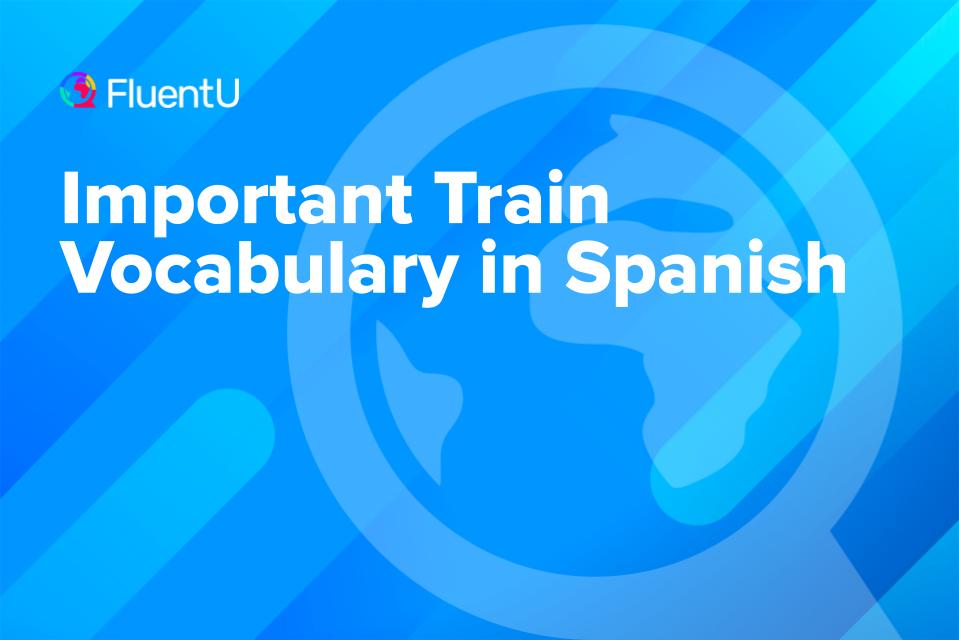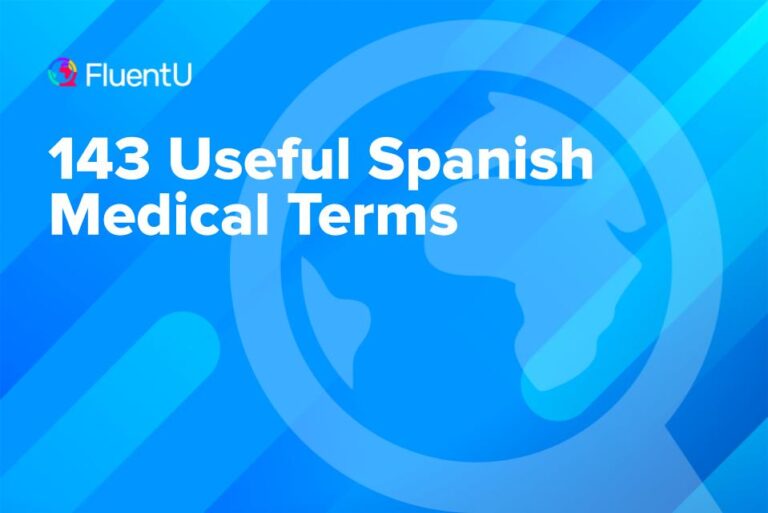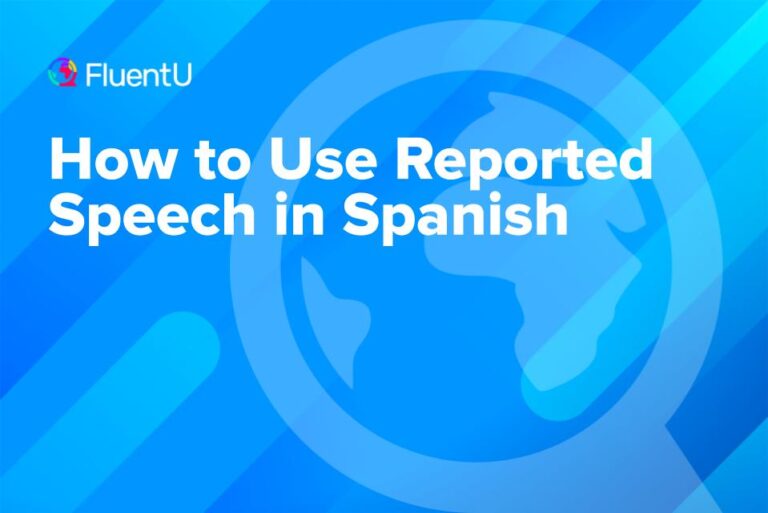Important Train Vocabulary in Spanish

Whether I’m rolling along the Costa Brava on a small cercanías (local suburban train), or hurtling between Barcelona and Madrid on an AVE (high-speed train), I can’t get enough of train travel.
It’s much more comfortable than an airplane, and for Spanish learners there’s another bonus—something about being on the rails makes people more talkative, and so this is a great way to practice your language skills.
Download: This blog post is available as a convenient and portable PDF that you can take anywhere. Click here to get a copy. (Download)
Buying Tickets for Spanish Trains
In Spain, tickets can be bought in person at ventanillas (ticket windows) at train stations, at the official train site of Renfe or via private portals that are more functional but may have fewer options (like seat selection): Trainline and Rail Europe.
Some complex route information can also be found on the German train company’s website, Bahn.de.
If you’re not ready to try Renfe’s full Spanish site, you can change the language to English. The train-geek hero at Seat 61 has a guide to the quirks of Renfe and provides more info like seat comfort and options.
However you buy your tickets, here’s some of the essential vocabulary to know:
billete — ticket
localizador — reference number
todas (estaciones) — all (stations)
You’ll see the term todas after some city names, like Madrid (todas) . This option is usually preferable. It allows you to see options for all trains going to Madrid, and not just to a specific station in Madrid.
City names on the Renfe site aren’t translated, so you have to enter Sevilla instead of Seville, for example.
salida — departure city
llegada — arrival city
The tickets available on trains can depend on the route, but are generally:
básico — basic
elige — “pick & mix” (lit. “choose”)
prémium — premium
You can see more information about the types of seats available with these tickets here.
There are various tarifas , or fare rates, for each class and route. These allow for different options with respect to exchanges, refunds and ticket selection.
Once selected on the website, you can find the conditions of the ticket. Some of the most important conditions to understand are:
elección de asiento — choice of seat
sin elección de asiento — without seat choice
cambios — changes
anulaciones — cancellations
indemnización por retraso — refund in case of delay
If you’re purchasing from a ticket window, forget the yo quisiera (I would like) that you may have learned from a textbook or phrasebook. The simplest way to buy something is to just say the name of the thing and tack on a por favor (please) at the end.
Spanish people are likely to communicate this way themselves (often leaving off the please, but if you’re a fumbling foreigner it never hurts to be extra polite).
Un billete para Madrid, por favor. — A ticket to Madrid, please.
ida — outbound journey
vuelta — return journey
ida y vuelta — ticket with return
el próximo tren — the next train
Voy a pagar en efectivo. — I’m going to pay with cash.
Voy a pagar con tarjeta de crédito. — I’m going to pay with a credit card.
Gracias. — Thank you.
Note that foreign credit cards and especially American cards may not work at Spanish train stations. However, you’ll be able to find a cash machine at many larger stations.
Finding Your Train and Your Seat
Got your ticket in hand and ready to board the train? Here’s the signage vocabulary and some of the words and phrases you might need in order to get there.
estación — train station
salidas — departures
llegadas — arrivals
andén — platform
vía — track
coche — car
plaza — seat (followed on the ticket by your seat number/letter combination)
¿Dónde está … ? — Where is… ?
You may see the following warning printed on your ticket. Be there a bit ahead of time!
Cierre del acceso al tren dos minutos antes de la salida. — Access to the train closes two minutes before departure.
sala de espera — waiting room
¿Cuándo sale el tren a Sevilla? — When does the train to Seville leave?
In a crowded area like a train station, it’s vital to know what to vocalize in order to clear a path and let people know that you’d like to get through.
Permiso — Excuse me/watch out/coming through
Words and Phrases for a Smooth Ride
Plopped into your seat and ready to enjoy the ride? Don’t do it in silence! Spaniards are, to put it mildly, a talkative bunch, and this is all the better for your language skills. Feel free to chat to your neighbors.
Hola, ¿qué tal? — Hello, how is it going?
Bien, gracias. — Well, thanks.
¿De dónde vienes? — Where are you from?
¿Adónde vas? — Where are you headed?
Voy a Barcelona. — I’m going to Barcelona.
Soy de Francia. — I’m from France.
¡Qué guay!
— Awesome!
(As in English, you can and should employ this liberally, especially if you don’t understand a conversation but it seems vaguely enjoyable and you would like it to continue.)
If you don’t want to risk starting a rambling conversation that you’ll never be able to escape from, wander down to the café/bar car for a snack and try your Spanish out there. Here’s some useful vocabulary:
cafetería — café/bar car
bar móvil — “mobile” bar, an employee who comes through the cars on some long distance trains with a more limited selection of food and drinks
la carta — the menu
el menú — a food/drink combo deal, often a packaged sandwich and a drink
un café solo — espresso
un vino — wine
un agua — water
una cerveza — beer
una tortilla — omelette with potatoes
un plato caliente — a hot dish
un plato frío — a cold dish
One of the most useful ways to learn Spanish train vocabulary is by hearing it used in context. España Total has an informative video guide about high-speed train travel in Spain. You could also try searching for some of the terms listed in this post on FluentU to hear how they are used by native speakers.
FluentU takes authentic videos—like music videos, movie trailers, news and inspiring talks—and turns them into personalized language learning lessons.
You can try FluentU for free for 2 weeks. Check out the website or download the iOS app or Android app.
P.S. Click here to take advantage of our current sale! (Expires at the end of this month)

A couple of things to remember
Remember that some of the countries or regions served by Renfe speak other languages. Try not to assume that people will chat in Spanish with you. This applies to the Renfe trains that circulate in Galicia, the Basque country, France and Catalonia.
At the very least, learn “hello” and “please” in the local language when traveling in these areas, and don’t presume that people’s language or identity is Spanish.
Signage will also be primarily or secondarily in those languages, usually in addition to Spanish and English.
Train Travel in Spain
Spain’s national train company is Renfe, and it runs the previously mentioned snappy and modern AVE trains to many of Spain’s major cities as well as heading out to a few other countries.
More cities are covered by traditional long-distance trains (including some overnight sleeper trains), and there are short-distance connections on the cercanías.
Feeling ready to hop onto a train, and better your language skills in the process? I hope that this post has given you a good jumping-off point.
I can’t possibly cover every single word you’ll ever need on the rails, but I do hope that this gets you rolling in the right direction.
Download: This blog post is available as a convenient and portable PDF that you can take anywhere. Click here to get a copy. (Download)
And One More Thing…
If you've made it this far that means you probably enjoy learning Spanish with engaging material and will then love FluentU.
Other sites use scripted content. FluentU uses a natural approach that helps you ease into the Spanish language and culture over time. You’ll learn Spanish as it’s actually spoken by real people.
FluentU has a wide variety of videos, as you can see here:

FluentU brings native videos within reach with interactive transcripts. You can tap on any word to look it up instantly. Every definition has examples that have been written to help you understand how the word is used. If you see an interesting word you don’t know, you can add it to a vocab list.

Review a complete interactive transcript under the Dialogue tab, and find words and phrases listed under Vocab.

Learn all the vocabulary in any video with FluentU’s robust learning engine. Swipe left or right to see more examples of the word you’re on.

The best part is that FluentU keeps track of the vocabulary that you’re learning, and gives you extra practice with difficult words. It'll even remind you when it’s time to review what you’ve learned. Every learner has a truly personalized experience, even if they’re learning with the same video.
Start using the FluentU website on your computer or tablet or, better yet, download the FluentU app from the iTunes or Google Play store. Click here to take advantage of our current sale! (Expires at the end of this month.)







